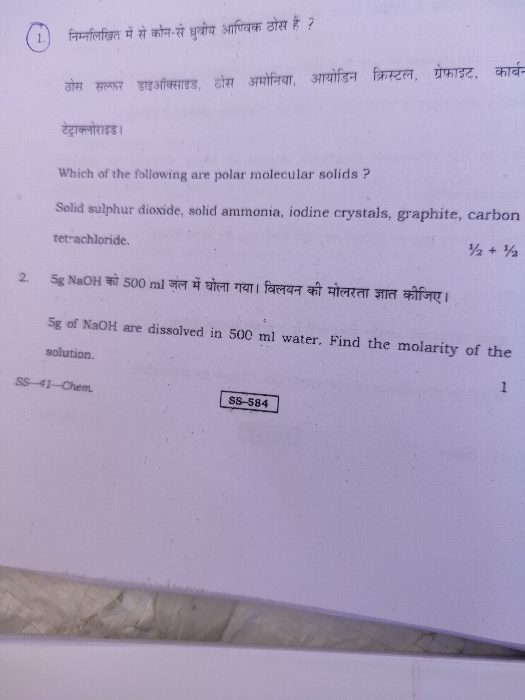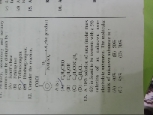CBSE Class 12-science Answered
how can we define the relative lowering of vapour pressure?
Asked by Aishwarya Nair | 12 Feb, 2014, 09:27: PM
The relative lowering of vapour pressure is equal to the ratio of the moles of the solute and the total number of moles in the solution, i.e. the mole fraction of the solute present in solution.
The relative lowering of vapour pressure is equal to the ratio of the moles of the solute and the total number of moles in the solution”, i.e., the mole fraction of the solute present in solution.
The relative lowering of vapour pressure is equal to the ratio of the moles of the solute and the total number of moles in the solution, i.e. the mole fraction of the solute present in solution.
Answered by | 14 Feb, 2014, 10:35: AM
Concept Videos
CBSE 12-science - Chemistry
Asked by hannamaryphilip | 17 Apr, 2024, 11:20: PM
CBSE 12-science - Chemistry
Asked by sameerteli003 | 08 Apr, 2024, 11:48: PM
CBSE 12-science - Chemistry
Asked by rashmij34 | 27 Feb, 2024, 04:42: PM
CBSE 12-science - Chemistry
Asked by sagarmishra | 27 Feb, 2024, 04:01: PM
CBSE 12-science - Chemistry
Asked by kalandi.charan.407 | 08 Feb, 2024, 01:42: PM
CBSE 12-science - Chemistry
Asked by premkhare2006 | 24 Jan, 2024, 09:50: AM
CBSE 12-science - Chemistry
Asked by saritanohar22 | 13 Jan, 2024, 01:25: PM
CBSE 12-science - Chemistry
Asked by kaushikmisty07 | 31 Dec, 2023, 11:42: AM
CBSE 12-science - Chemistry
Asked by kamlesh.kumar.malee | 20 Dec, 2023, 06:59: AM
CBSE 12-science - Chemistry
Asked by varinder2149 | 10 Dec, 2023, 08:21: PM








